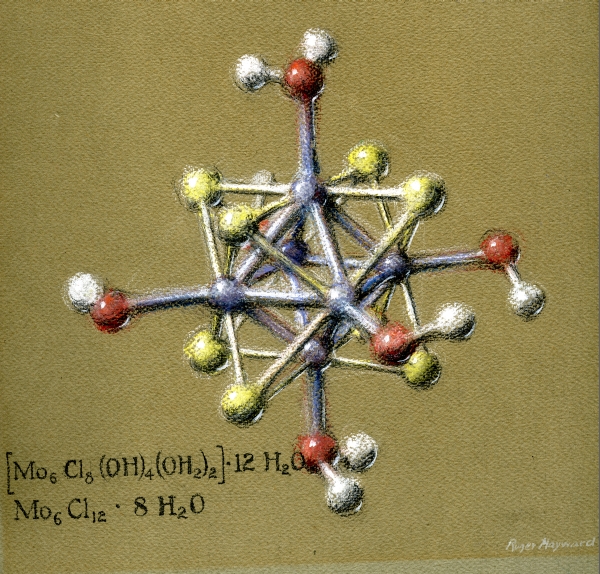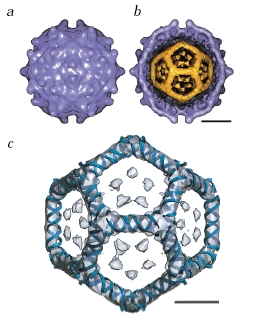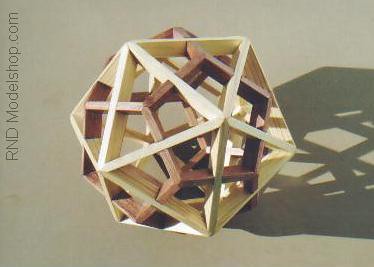- Welcome back! I hope that it was a lovely break for each of you.
- Quiz results
- The quiz was quite rough. Let's have a look....
- The "Art Show of Spirals" winners! The following all receive a
GOQF card (which means I drop an additional low quiz grade.
- Evan -- 9 votes!
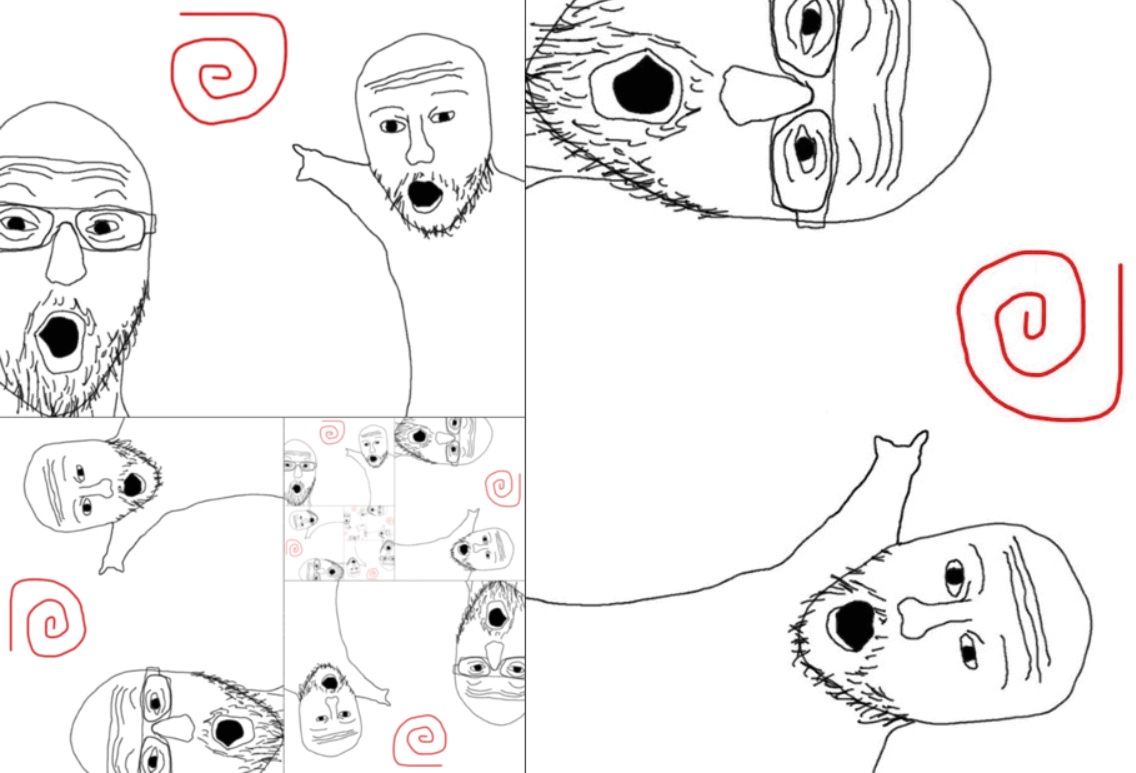
Curiously, Evan's entry is not particularly golden: side ratios 1.47. How did you manage that Evan?
Note that Evan's main image is not square....
- Finley -- 7 votes!

- And a tie for third: Brooklyn and Grace.


- Our bonus winners were Beth, Bela, and Amalie
- Evan -- 9 votes!
- Because of the impending quiz, I wanted to share a little
exercise that combines primes and spirals.
We talked about an ancient algorithm (the "Euclidean algorithm") for finding the greatest common divisor of two counting numbers.
It turns out that successive Fibonacci numbers are the algorithm's "worst case scenario" for finding the GCD (greatest common divisor) of two numbers. We investigated that with a handout, and saw how the Fibonacci spiral was the result of going as slowly as possible down to a one-by-one square.
Unfortunately, however, the exercise did not seem to inspire folks to make more beautiful Fibonacci spirals.....
Fibonacci spirals require Fibonacci numbers for the side-lengths of the squares that we attach at each step.
And so at each step we create another Fibonacci approximation to the golden rectangle, with side lengths the ratio of two successive Fibonacci numbers.
Today we construct the Platonic solids with GeoMags. These solids possess a great deal of symmetry: they're super-symmetric solids!
We will also finally fill out that table about the Platonic solids that's been floating around on the agendas for the past few times....
- Platonic solid is a solid for which
- All faces are congruent (identical) convex regular polygons, and
- Each face, each edge, and each vertex is exactly equivalent to every other face, edge, or vertex (respectively).
They're super-symmetric!
The Five Convex Regular Polyhedra (Platonic solids) -- thanks Wikipedia! Tetrahedron Hexahedron
or CubeOctahedron Icosahedron Dodecahedron 




fire earth air water universe - As a "homework" (for your own good!), I am asking you to cut and
create Platonic solids out of paper, using this template. You
may use these as a cheat sheet for the next exam. You must have put
them together, however, and you must use only your own.
So we can build the Platonic solids in paper. But we can also build them with magnets!
- What's wrong with six sided polygons, and beyond? Consider the
hexagonal graph paper, of the tiling of the plane: why can't it be folded up
into a solid?
The answer involves Euler's formula, as Weyl discusses.
- Chemists know how important the Platonic solids are: here are some
great images from Linus Pauling's and Roger
Hayward's The Architecture of Molecules (a book created
especially for young people, and based off of Pauling's
article in the 1964 Proceedings of the National Academy of
Sciences.
From Pauling's paper:
Molecular architecture may be said to have originated in 1874, when J. H. van't Hoff and J. A. le Bel independently formulated the brilliant postulate that the four valence bonds of the carbon atom are directed approximately toward the corners of a regular tetrahedron. It was extended into inorganic chemistry in 1893, when A. Werner suggested that in many inorganic complexes six atoms are arranged at the corners of a regular octahedron about a central atom, and that other geometrical structures are represented by other complexes.These are some higher quality images than my scans:
- Beautiful pictures, such as this one of tantalumhalide
- More Beautiful pictures!
- So what can you do with a dodecahedron?
- Make a calendar!
- So what can you do with an icosahedron?
- Look like a super-brainy, cool scientist!
From the October 7th, 2011 New York Times
- Amoeboid protozoa Circogonia icosahedra:
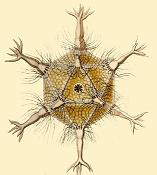
(They also come in octahedra! Here's Circopurus octahedrus:
- Viruses:
- The Cliff Notes Version...

"An array of viruses. (a) The helical virus of rabies. (b) The segmented helical virus of influenza. (c) A bacteriophage with an icosahedral head and helical tail. (d) An enveloped icosahedral herpes simplex virus. (e) The unenveloped polio virus. (f) The icosahedral human immunodeficiency virus with spikes on its envelope."
- The Cliff Notes Version...
- Dodecahedral
- Look like a super-brainy, cool scientist!
- More critters:
| # of Vertices | Edges | Faces | faces at each vertex | sides at each face | |
| Tetrahedron | |||||
| Cube | |||||
| Octahedron | |||||
| Dodecahedron | |||||
| Icosahedron |
What conclusions can we draw from this data? Is there a pattern? (Of course there is!:) The pattern leads to the concept of "Duality":
Pastel drawing of a compound of Molybdenum Dichloride:
